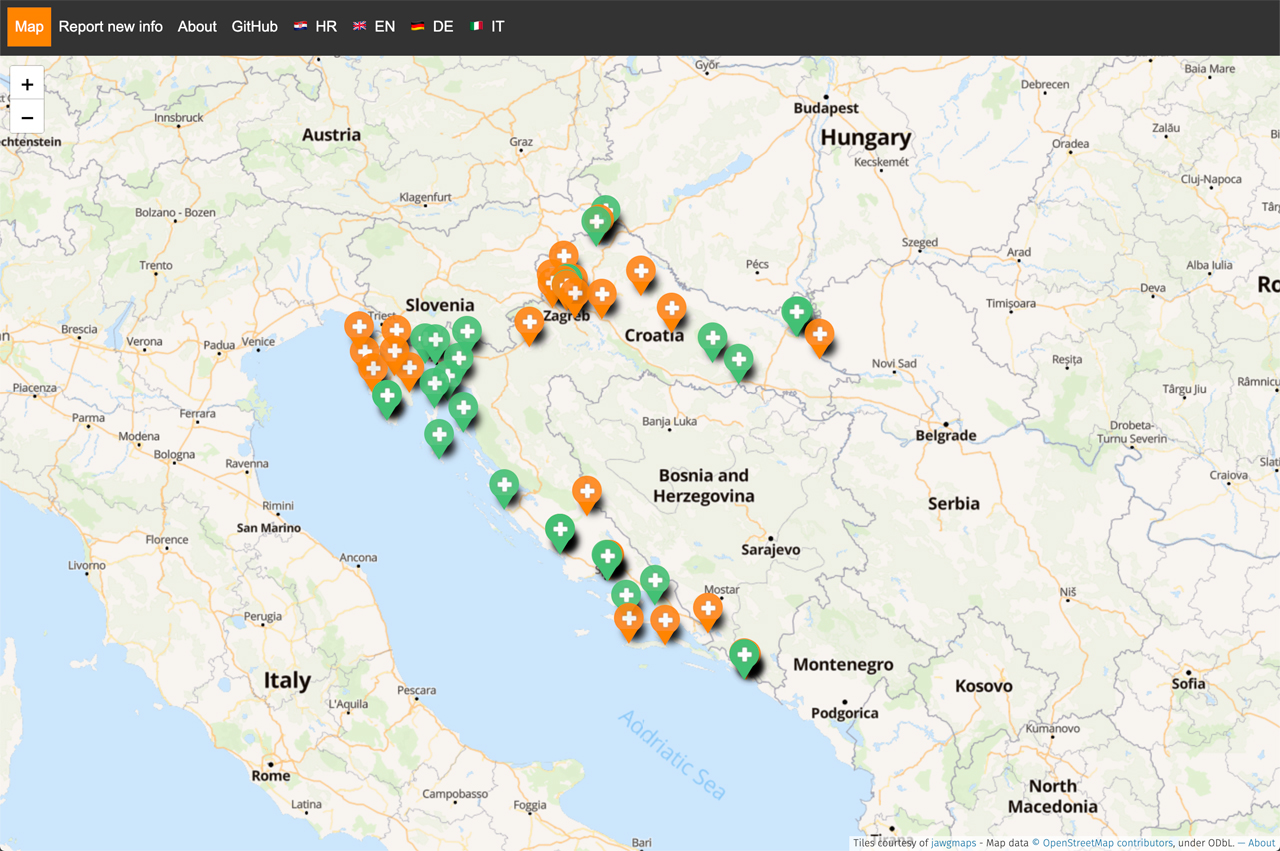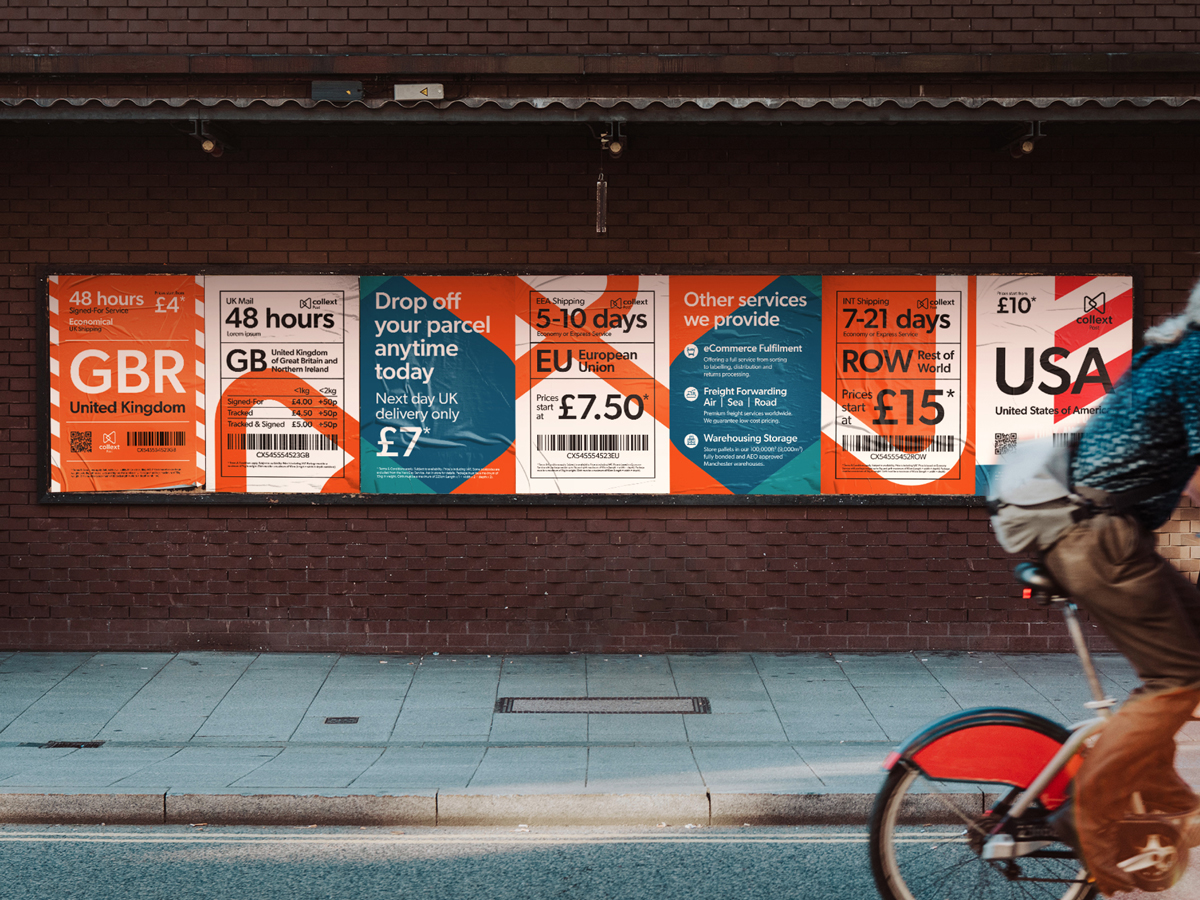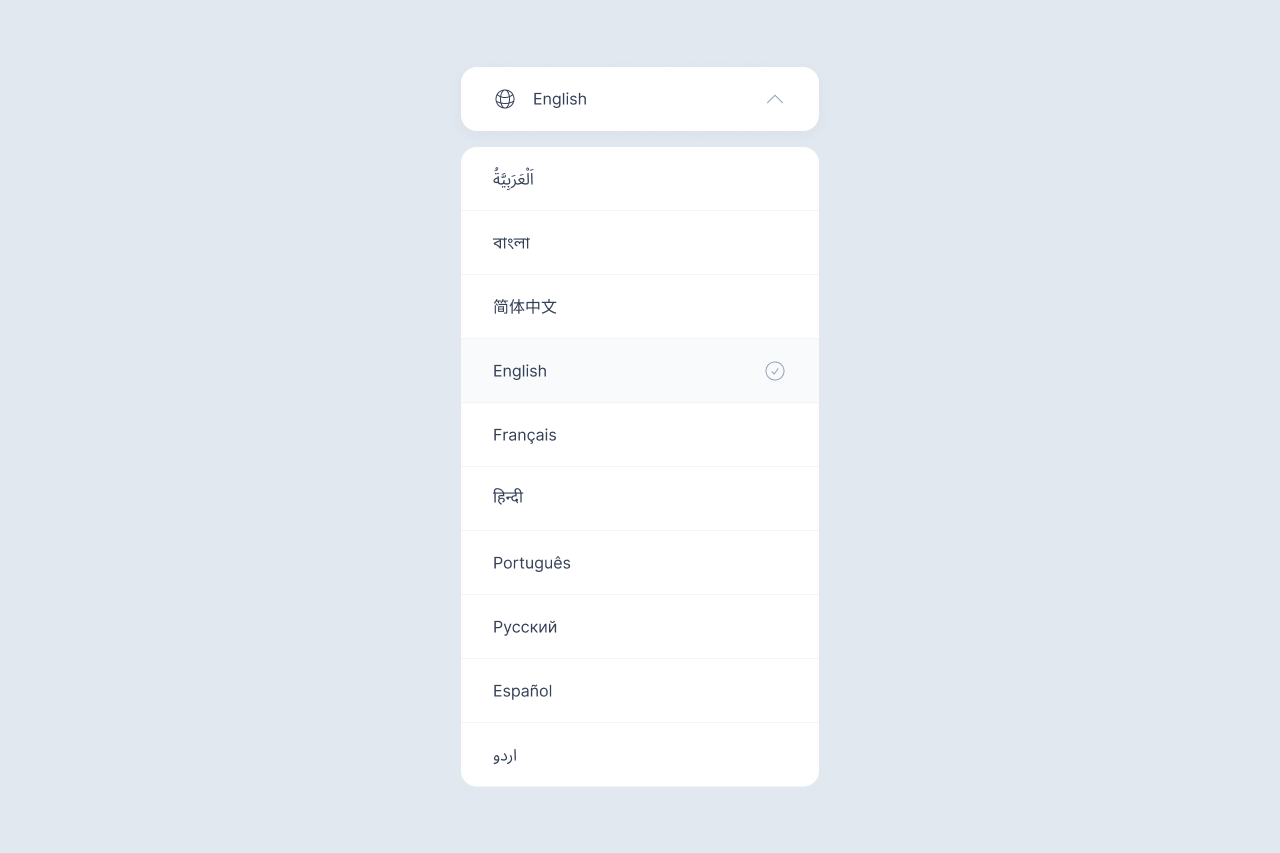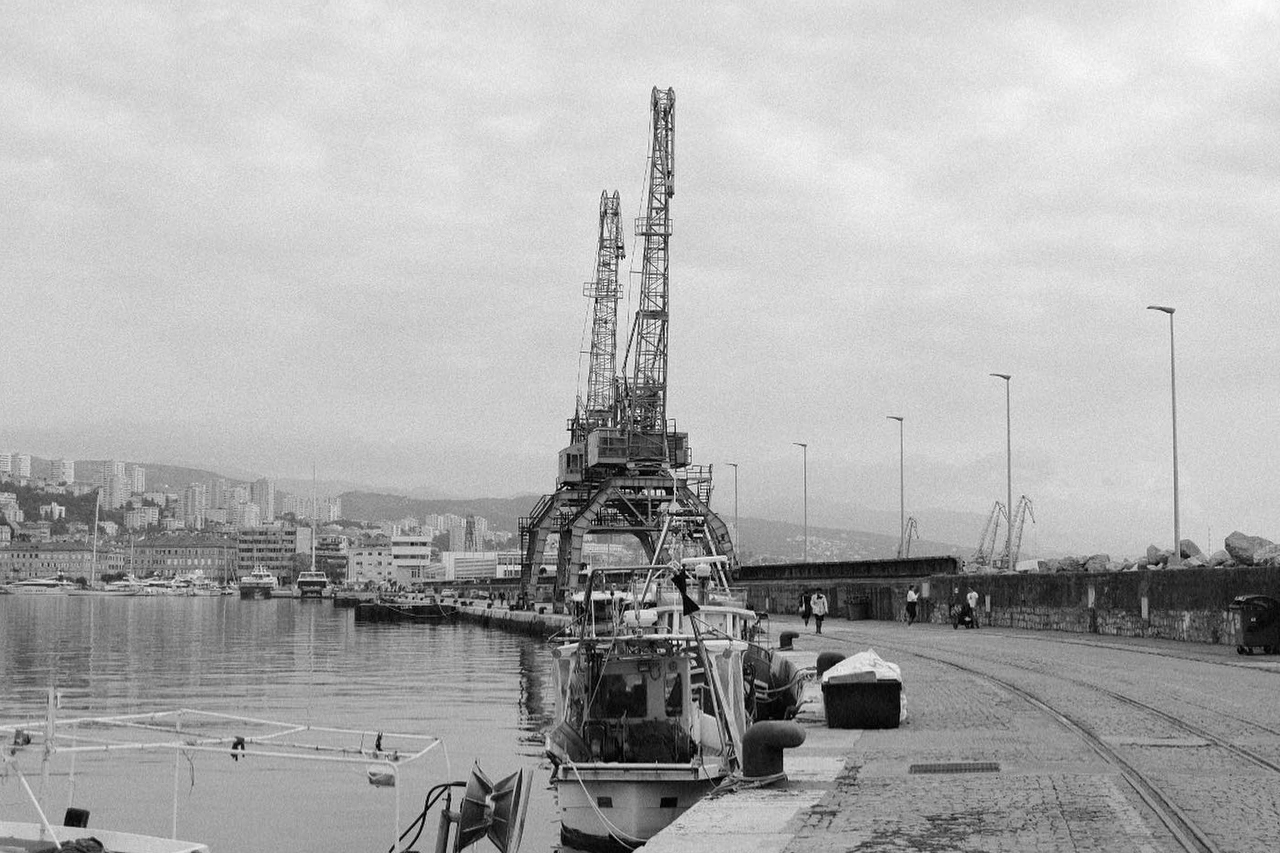Source: Medium
The Summer Season in Croatia was coming to a close and cases of COVID-19 were rising higher than ever before. Borders had reopened in June to ensure tourist season helped get the country back on its feet, so people had been moving in, out, and around the country all summer long, and although economically the country was better off than most others, they were paying the price with a huge rise in cases.
Vlado Vince (@mejs), had arrived in Croatia at the beginning of August from New York, placed himself in self-isolation and had planned to get a COVID PCR test after 10 days to ensure he was virus-free.
On first assumption he would get testing information easily, but he ended up spending 2 days collecting basic instruction after calling a dozen phone numbers, browsing 50+ websites, and contacting (arguing with) @koronavirus_hr the official COVID Twitter account of the Government of the Republic of Croatia.
After testing negative for the virus, Vlado shared his lengthy experience over Twitter – if it took him 2 days to get ahold of basic information for a test in Zagreb, it’s more than likely other people in Croatia are also not being able to find the information easily.
Finally, on 17th August, The Croatian Institute of Public Health (HZJZ) finally shared an article outlining Testing Centres in Croatia, which was definitely a step in the right direction! However, it quickly became apparent that the official list was missing a lot of locations and a lot of the information was inaccurate.
After several successful attempts to correct the wrong information through communicating via the @koronavirus_hr account, Vlado decided that it was best to lead by example.
Back in New York, due to lack of support from the state, Vlado had experiences of volunteering in mutual aid actions, including delivering food to those who need it most, sewing masks for others, and assembling bikes for health workers. So he decided to put the same initiative and his background of communication and technology into providing easy access to PCR testing information for people in Croatia.

So, Vlado began building a map that would contain all test centre information for anybody to easily access the information. As the test centres are dotted all across the country, and the official list was not updated often enough, it was up to Vlado to collect and verify what information he could by contacting medical practices himself, as well as collect information submitted by the visitors of the website.
Key information that’s needed by people searching for the PCR Testing Centres include:
- Where test centres are located
- What their working hours are
- Whether you need a referral or not to get a test
- How to contact the test centre
- If you are in a place you don’t know (i.e. if you’re a tourist), what options you have for getting a test
All information collected is entered into a Google Sheet, and a JSON feed converts the information to be read onto an interactive map found at koronatestiranje.com. Each new location would be published on the sites’ Twitter feed at @koronatestiran1.
Dodali smo lokaciju Dom zdravlja Opatija, Stubište dr. Vande Ekl 1, Opatija. Radno vrijeme: radnim danom od 8h do 11h. Provjeravamo je li moguće testirati se bez uputnice na ovoj lokaciji. Lokacija je potvrđena na službenoj @koronavirus_hr listi. https://t.co/oUbLhI2NPf pic.twitter.com/5CvtdznPOP
— koronatestiranje.com (@koronatestiran1) August 24, 2020
Here’s where I come in…
After coming across Vlado’s project and contributing to a few test centre locations, I asked if he needed any help on the design front. Vlado gladly accepted and got me on board to join the now 2-person team.
The first order of service was collating the testing centre information so it can be read at a glance – without having to figure out what you’re looking for. We cleaned up the data behind the scenes and reformatted how it’s presented. We also translated everything to English so non-Croatian speakers can access the information and formed a “new site” at koronatestiranje.com/en.

Based on the limitations of the styling of the website, I also worked on some options for the visual identity of the project by creating a quick logo/icon, changing colours of website elements, updated the style of the map, and updated the Twitter profile. It wasn’t much, but it made sure that anyone accessing the website was to know that the information provided was serious and genuine.
At this point, the website was getting a lot of attention from news portals, and articles published about koronatestiranje.com could be found on Poslovni dnevnik, 24 sata, tportal, Večernji list, Index etc.
Most predominately, on N1 (Croatia’s official affiliate of CNN) Vlado spoke to their tv reporters about the project:
As the summer season was coming to a close and tourists were rushing back home after a few weeks away in the sun, borders began closing up due to the levels in which COVID was again beginning to spread. Some countries turned all travellers away from their entry points, and others required negative test results for their citizens to return without having to self-isolate.
As Croatian and English isn’t always someone’s 1st/2nd language, we decided to begin collating the website’s test strings in the top tourist languages through a crowdsourced Google Sheet inspired by Oskar Stålberg‘s Townscaper Localisation project. After strings had been translated and checked, they were implemented into the website and released onto the live site ready for access.

If you’re confident in your knowledge of German🇩🇪, Slovenian🇸🇮, Italian🇮🇹, Polish🇵🇱, Czech🇨🇿, French🇫🇷, Hungarian🇭🇺, Dutch🇳🇱, and/or any other language important for the area, and want to help us out, then please get involved by visiting the document and following the instructions.







